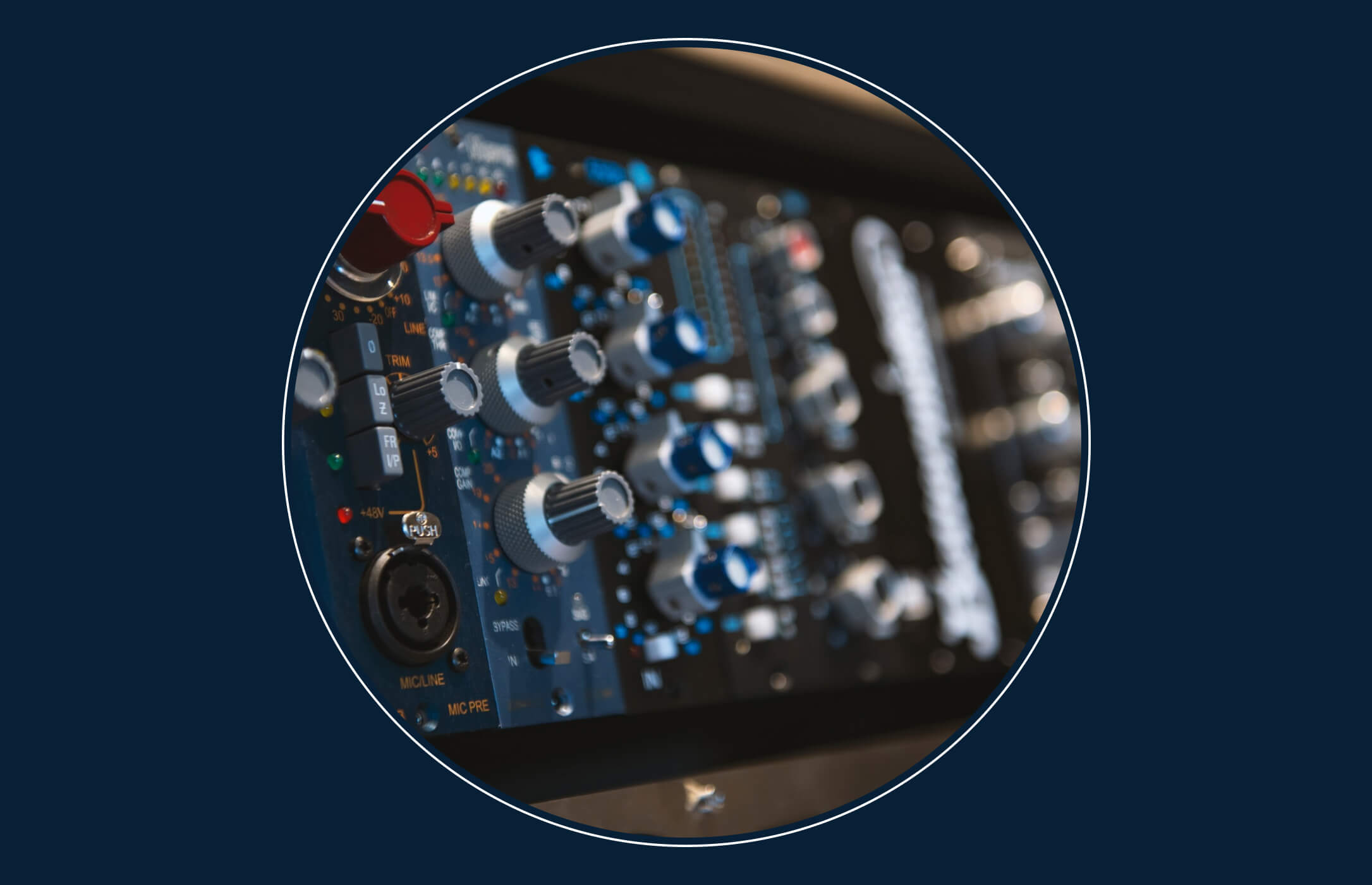8 ways to improve your bass mixing skills
Getting the low frequencies inside a track to work exactly is never simple, even with years of mixing experience and an ultra-precise monitoring setup. Every record is unique: some combine a powerful kick drum with a groovy low-mid bass; others keep the kick light and let the bassline shine, and some divide primary sub responsibilities between the kick and bass in some way.
There are innumerable mistakes to avoid in terms of sound selection, synthesis, arrangement, and mixing when it comes to the bass end of a track — but get that bottom-end to communicate across all playback media, and you’ve probably got a hit on your hands. Here are eight pointers that will undoubtedly be useful.
1. Micro-manage your mix to get the most bass out of it.
If you want the perfect kick and bass combo, the two pieces must fit together like a glove. However, how the other elements in your track interact is as crucial in determining the mix. The listener will be distracted from the bass if there are too many mid-range sounds (such as voices, guitars, and keyboards), whereas a basic mix will enable the bass to breathe and cut through. Similarly, if you brighten percussion or vocals too much, the mix’s attention will shift away from the low-end. Dissect the total balance, not just the bass, by comparing it to your favorite bass-heavy compositions.
2. Get into the right key
It might be difficult to determine the key of the kick drum depending on your monitoring setup. Simply apply a saturation plugin to the kick, overdrive it to hell, and then compare its bloated, tonal timbre to the melodic elements of your music to address the problem. It should be obvious what note it’s playing right away.
3. Strike a balance between volume and weight.
Sub-bass energy consumes headroom, which is required to make a mix loud. Ironically, genres that require a lot of forceful, exaggerated bass are generally the ones that have to be made to sound loud. Even for seasoned mixing and mastering engineers, it’s a challenge.
The less limiting you can apply before distortion, the louder the track’s sub frequencies are. So, if you want a big bottom end, you’ll probably have to sacrifice a few dB of gain reduction on the master maximizer. Similarly, if you want to push the limiter harder, you might have to rein in sub frequencies.
4. In the center
Because sub-bass is non-directional and most clubs only play mono, keep subs in the center of the room for optimum low-end strength and emphasis. To get desired sub-width, widen a high-passed parallel signal.
5. Evaluate low-level interactions in real time
The majority of bass mixing advice is simple to remember, but genuine mixing ninjas can put these tips to work in a confident manner — or even reject them when the scenario calls for it. If you have a bass-heavy kick, for example, the high-pass filter your bassline to sit above it, as everyone suggests, the bass will sound weedy and weak. So, what’s next? An expert will be able to alter the frequency of the filter, adjust the duration of the kick, tweak timings and tunings, or just discard sounds that aren’t functioning in favor of something better. So, what’s the point? It’s all about making split-second decisions: action, evaluation, and reaction.
6. Activate the filter
Remove undesired sub frequencies from a bass section with an analogue-style high-pass filter, then overdrive the filter to add warmth and intensity around the cutoff point.
7. Disobey the regulations of the low-end
Following tip 5, mixing expertise will inform you when it’s okay to break production regulations. We’re constantly taught to keep kick and bass distinct, yet you may be working on a raw, lo-fi track that calls for a homogeneous, ‘muddy’ analogue sound. You might be able to get more mileage out of this by combining the kick and bass with parallel processing, compression, or even distortion. Alternatively, you may discover that, despite traditional mixing guidelines, a broader bass translates better in the club than you anticipated. Only trial and error will lead you to stylistic selections that fit your personal taste.
8. Sub bass synthesis is number eight.
Start and finish clicks at non-zero crossings are irritating while synthesising sub bass. Raising the attack and release of the amp envelope can help to reduce pops, but it may also diminish front-end impact. The most effective — but time-consuming — option is to convert your sub section to audio, then clip and fade the borders to eliminate clicks.



